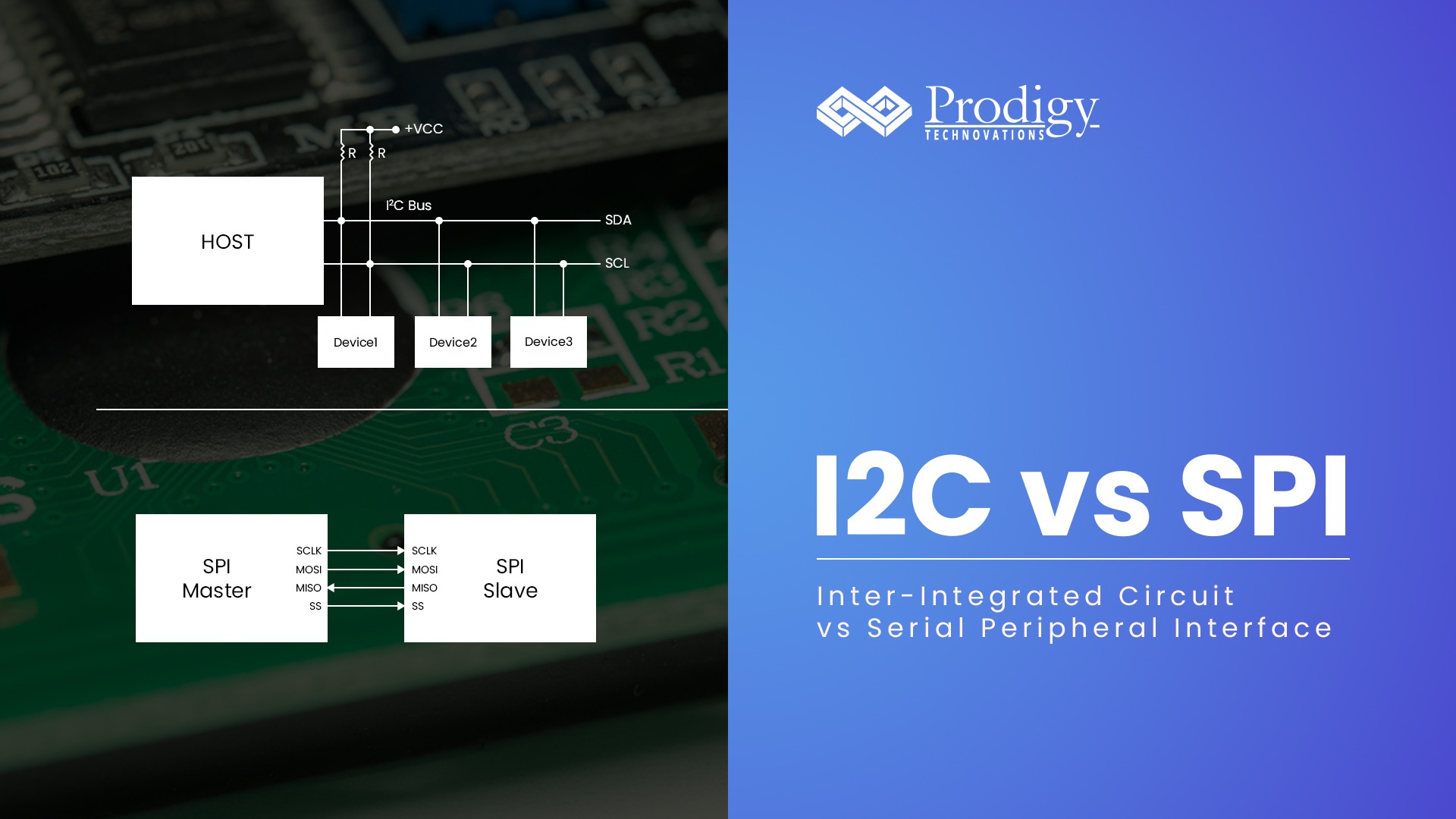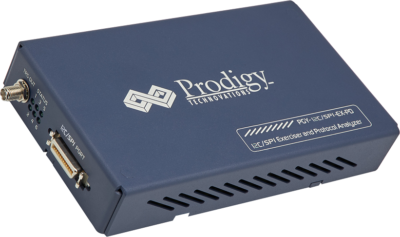
I2C vs SPI
Difference Between I2C vs SPI
What is I2C Protocol?
I2C stands for Inter-Integrated Circuit. I2C is a simple two-wire serial protocol used to communicate between two devices or chips in an embedded system. I2C has two lines SCL and SDA, SCL is used for clock and SDA is used for data.
What is SPI Protocol?
SPI stands for Serial Peripheral Interface. SPI is a four-wire serial communication protocol. SPI follows master-slave architecture. The four lines of SPI are MOSI, MISO, SCL, and SS. SCL is a serial clock that is used for entire data communication. Slave Select(SS) is used to select the slave. Master out Slave In (MOSI) is the output data line from the master and Master in Slave out(MISO) is the input data line for the Master.
What is the difference between I2C vs SPI?
● I2C is half-duplex communication and SPI is full-duplex communication.
● I2C supports multi-master and multi-slave and SPI supports single-master.
● I2C is a two-wire protocol and SPI is a four-wire protocol.
● I2C supports clock stretching and SPI does not have clock stretching.
● I2C is slower than SPI.
● I2C has an extra overhead start and stop bits and SPI does not have any start and stop bits.
● I2C has an acknowledgment bit after every byte of transfer.
● I2C has a pullup resistor requirement.
Advantage I2C:
● Easy device add-on: It is easy to add new slave devices to the bus. Just add the new device without adding a new slave select, unlike SPI.
Advantage SPI :
● Speed: SPI can support up to 10MB/s however I 2 C in the ultra-fast mode can support only 5MB/s.
What is the Protocol Analyzers to Debug I2C Protocol and SPI Protocol?
Prodigy offers a Protocol Analyzer to capture and monitor the SPI and I2C Bus. I2C Protocol Analyzer and SPI Protocol Analyzer have the advanced capability to not only trigger a bunch of conditions but also to capture the data for a long duration of time which is very useful for the embedded design engineers during the debug.
I2C/SPI Exerciser and Protocol Analyzer




